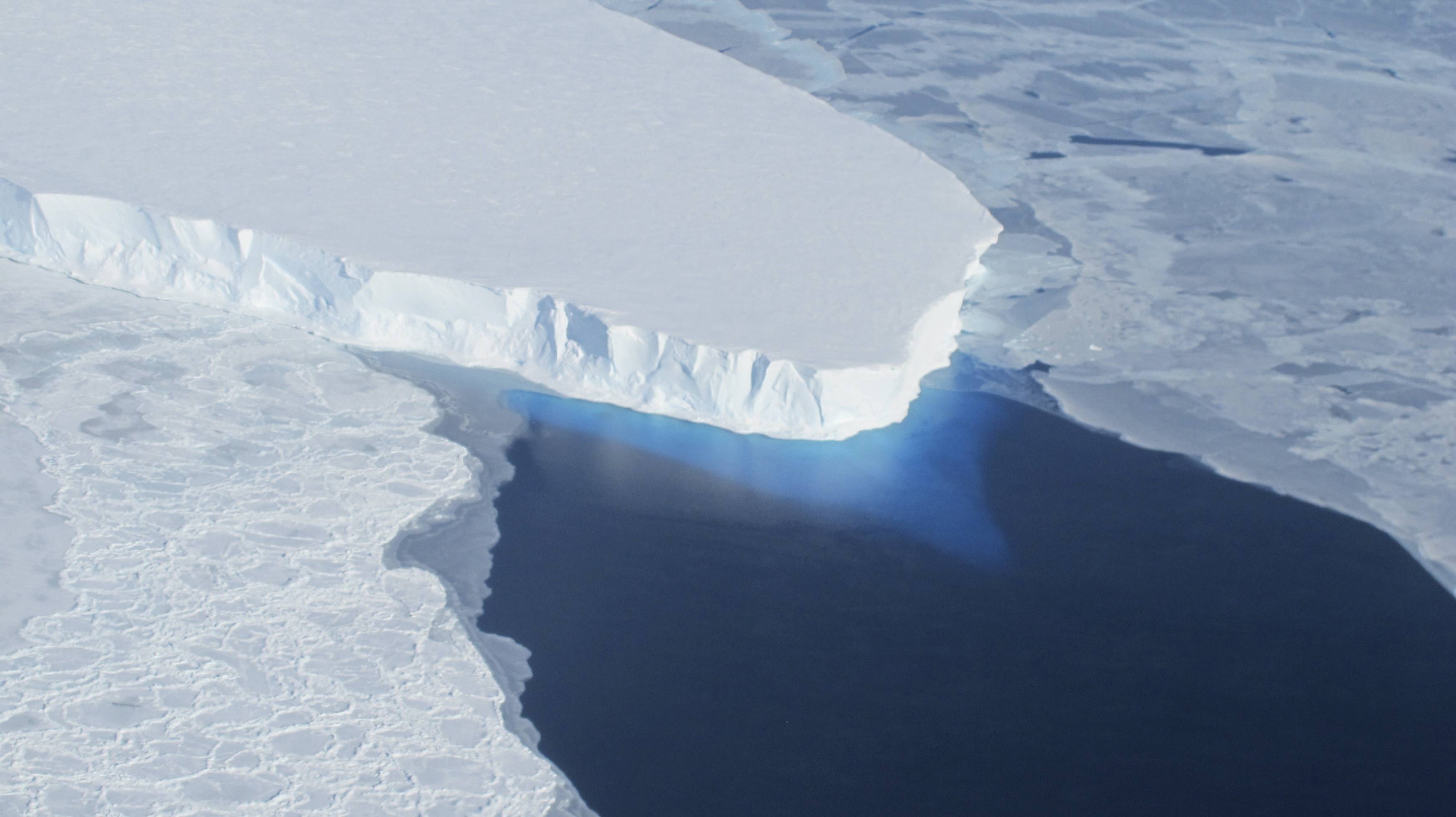Over the past few weeks, Alaska recorded record-high temperatures, scientists released a "report card” showing relentless deterioration of the Arctic’s climate, and researchers warned that an ice shelf in Antarctica could collapse within a few years, dramatically increasing the region’s contribution to rising sea levels.
These are signposts on a grim path. They show that damage to the cryosphere, the portions of Earth’s surface where ice predominates, is happening faster than many anticipated. After a year of promises — at the United Nations’ Glasgow climate conference and beyond — 2022 must be the year of concrete action, in particular at the Earth’s poles.
The annual Arctic health check produced by the U.S. National Oceanic and Atmospheric Administration provided a worrying snapshot. For the eighth year in a row, surface air temperatures in the High North were at least 1 degree Celsius (1.8 degrees Fahrenheit) above the long-term average. In April, the post-winter volume of sea ice — a crucial indicator — hit the lowest level since record-keeping began.

















With your current subscription plan you can comment on stories. However, before writing your first comment, please create a display name in the Profile section of your subscriber account page.